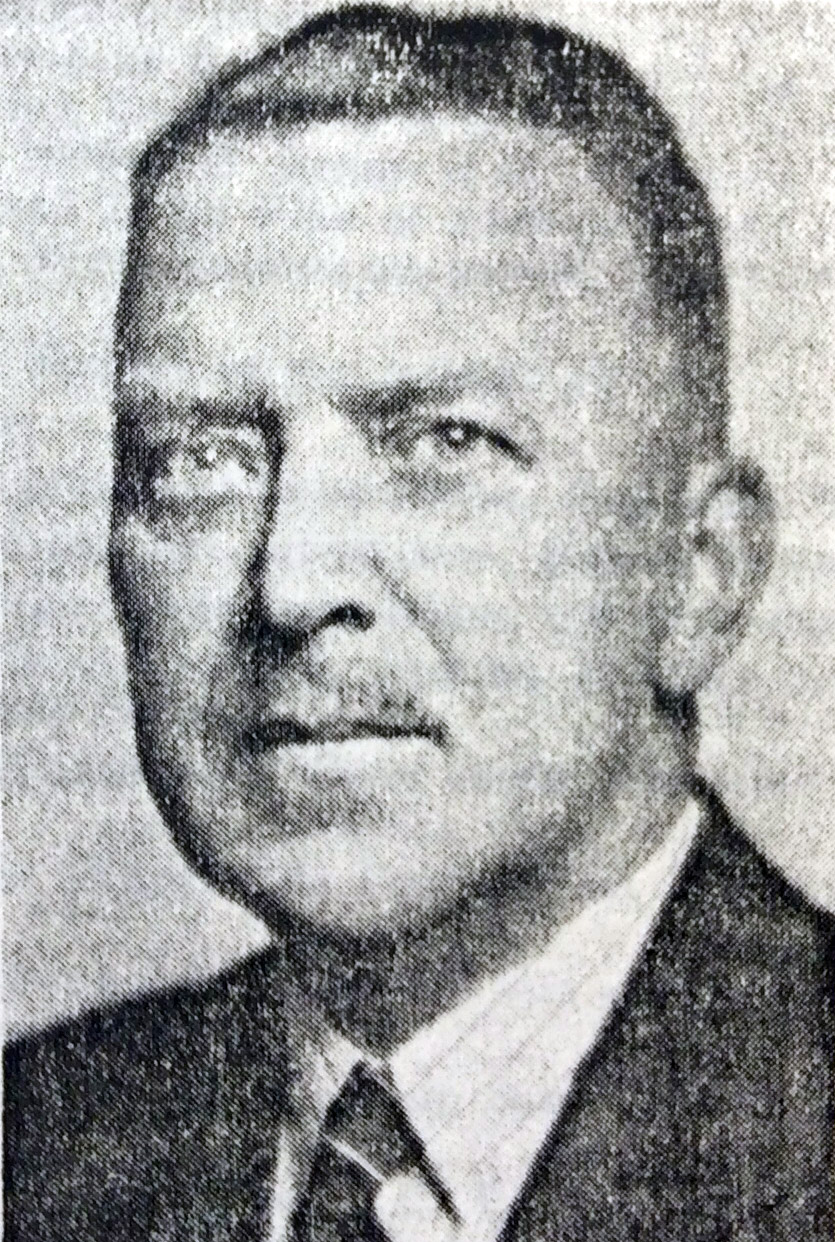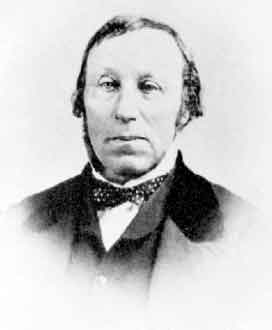Athabasca River and Columbia River drainages
Headwaters of Middle Whirlpool River and Hugh Allan Creek
52.4833 N 118.2167 W — Map 83D/8 — Google — GeoHack
Name officially adopted in 1963
Official in BC – Canada
Boundary Commission Sheet 27 (surveyed in 1920 & 1921)
Boundary Commission Sheet 27 B (surveyed in1921)
Whirlpool Pass located at the head of Middle Whirlpool River. The head of the Whirlpool River is at Athabasca Pass.
Alberta-British Columbia Boundary Commission surveyor Arthur Oliver Wheeler [1860–1945] wrote in 1924:
As far as is known by the boundary survey, Whirlpool Pass has no history. The approach from the Alberta side, is from the main Whirlpool River valley. With regard to the name, that of Whirlpool Pass may not be very appropriate, but it has been used for lack of a better one. Perhaps, more appropriately, Athabasca Pass summit should be known by the name of Whirlpool Pass, but the former name was given in the early days of the fur trade — probably due to the fact that the Athabasca River was then the outstanding feature of this main pass over the Great Divide. It has become historical and cannot now be changed. As a substitute the name Whirlpool Pass was given by the Survey, with reference to its approach up the Main and Middle Whirlpool Valleys.
- Cautley, Richard William [1873–1953], and Wheeler, Arthur Oliver [1860–1945]. Report of the Commission appointed to delimit the boundary between the Provinces of Alberta and British Columbia. Part II. 1917 to 1921. From Kicking Horse Pass to Yellowhead Pass.. Ottawa: Office of the Surveyor General, 1924. Whyte Museum
- Cautley, Richard William [1873–1953], and Wheeler, Arthur Oliver [1860–1945]. Report of the Commission Appointed to Delimit the Boundary between the Provinces of Alberta and British Columbia. Parts IIIA & IIIB, 1918 to 1924. From Yellowhead Pass Northerly. Ottawa: Office of the Surveyor General, 1925. Whyte Museum

